The Reserve Bank of India (RBI) expects negative economic growth this year. The slowdown has adversely affected production and distribution across most industries, and will likely hit markets fuelled by discretionary spending the hardest. These include the Media and Entertainment (M&E) sector— comprising TV, radio, print and digital media, as well as Over the Top (OTT) platforms for audio and video streaming—which is expected to see an “L-shaped recovery”.
In April 2020, the Observer Research Foundation (ORF) and the Esya Centre organised a roundtable to identify the M&E sector’s challenges, emergent trends, and potential pathways to recovery. The discussion was framed using the triad of (a) policy and regulatory environment; (b) future of work and of production; and (c) the imperative of value preservation, with a focus on achieving consensus on remedial action. The key government ministries and regulators that were discussed include the Ministry of Information and Broadcasting (MIB), which plays a central role in the M&E sector. Other relevant nodes include the Ministry of Finance, the Reserve Bank of India (RBI), and the Telecom Regulatory Authority of India (TRAI).
This special report builds on the insights shared during the ORF-Esya Centre roundtable. The following were the key themes that emerged from the discussion:
i. The M&E sector must offset growth slowdown through investments in production efficiency, human capital, and innovation.
ii. The Government must provide a level playing field to functionally similar industries, by deregulating traditional industries like TV, radio, and print, and allow them to compete with digital counterparts through value for money services, product differentiation, enhancements in consumer experience, and choice.
iii. The Government must enable digital transformation by increasing economic freedom for traditional M&E businesses to operate, and by easing digital payment frictions and promoting their wide adoption. In addition, the Government must nudge traditional industries towards better quality of service for its own sustenance.
iv. A focus on M&E exports can be leveraged to offset contraction and reallocation in domestic consumer spends. This requires a strategic approach and public-private collaboration to increase export competitiveness. Lessons can be learned from best practices from other jurisdictions.
v. Economic crises lead to a decline in margins across all rungs of the supply chain, and Micro Small and Medium Enterprises (MSMEs) in M&E will be most affected. Consequently, there is a need for industry and government to collaborate in mapping and targeting MSMEs with capacity-building measures to improve firm productivity.
vi. Cable TV households represent low-hanging fruits in terms of expanding high-quality broadband connections. They also represent addressable demand for video content – which accounts for a large share of broadband consumption globally. Resource sharing, and simpler right of way regimes are required.
Attribution: Vivan Sharan and Laetitia Warjri. “COVID-19 and India’s Media and Entertainment Sector: Recommendations for Recovery,” Special Report No. 109, June 2020, Observer Research Foundation and Esya Centre.

